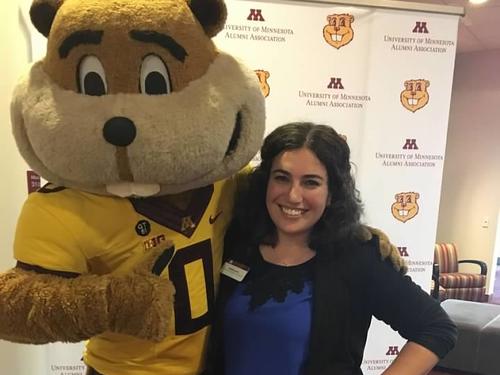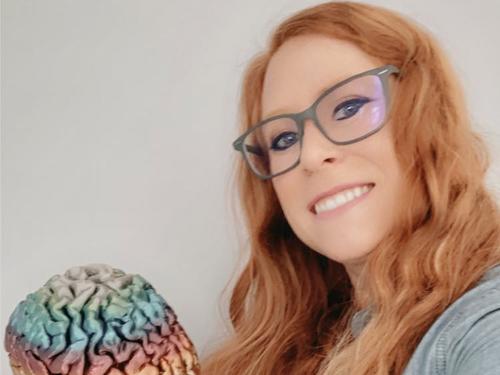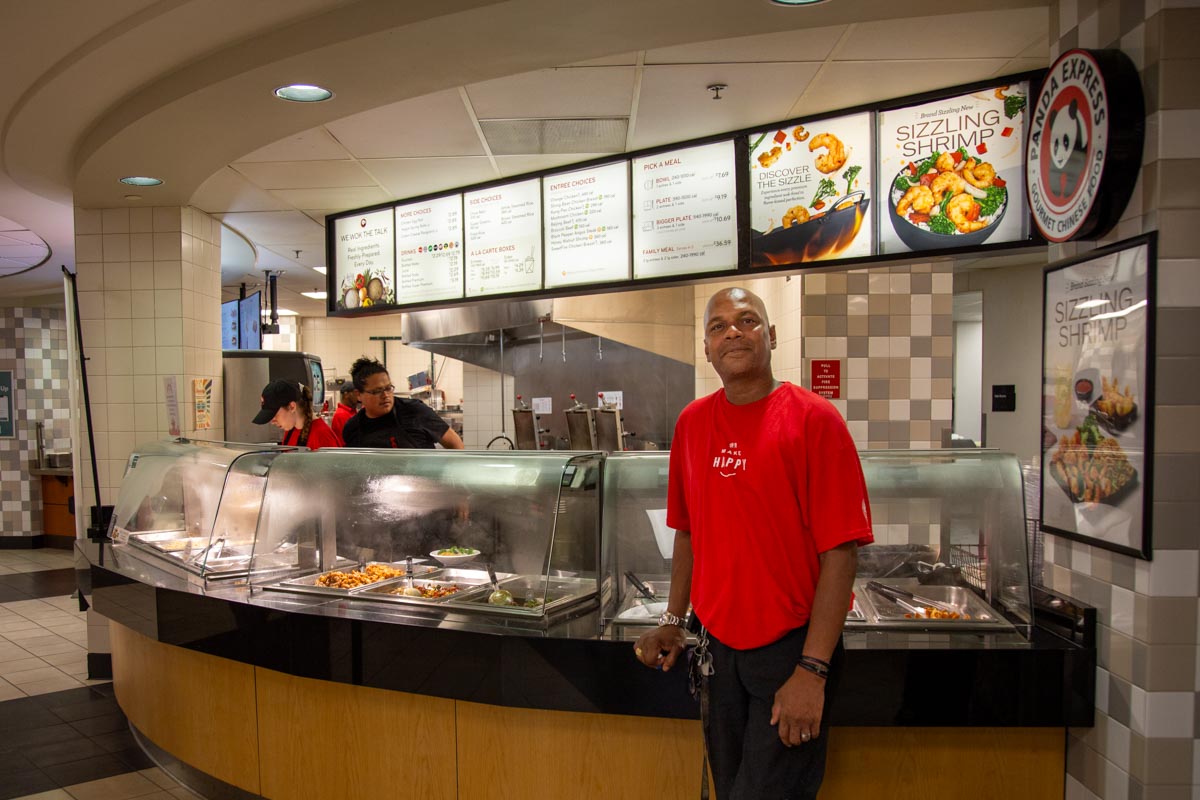Originally published by University retirement savings vendor Fidelity Investments and reposted with permission.
Key takeaways:
- When planning for you and your family’s wants and needs, consider both current legal protections as well as benefits that are impacted by your state’s rules.
- Having thorough, clear legal documents designating your wishes is critical to safeguard yourself, your finances, and your family.
When putting together your financial plan, will, estate plan, and other personal affairs, it’s important to consider which legal protections currently exist, as well as benefits that may be impacted by the state you live in or changes in laws.
For example, there are many financial protections that are automatically triggered by legal marriage—including, but not limited to, next of kin, inheritance laws, and Social Security benefits. If you are legally married, then many of these rights and benefits will be put in place without additional paperwork. If you are in a relationship that does not have the automatic benefits of a legal marriage, then you will have to do additional paperwork to get as many of the protections and benefits as possible.
However, it’s not simply spouse or partner benefits that need to be protected. While there are now certain protections at the federal level, there are still many states that have not equalized benefits or put in place antidiscrimination laws that affect health care, housing, and access to credit—and there is often an underlying fear that the protections that do exist might change. There are also different rules across America about parental rights, adoption, and other family financial planning options.
That’s why it’s particularly important for LGBTQ+ families to put a strong, legally secure plan into place.
Here's where to start:
Medical directives: Couples who have not legally married will not be afforded "next-of-kin" status for each other, and in the instance of a medical emergency may even be treated as legal strangers. If you are incapacitated, that could mean your significant other would be bypassed at the hospital and a relative would be called instead, even if you are not close with your family. That's why creating medical directives (also referred to as living wills, health care proxies, and medical powers of attorney) is important—even for couples who are legally married—in order to protect their rights and ensure that their medical wishes are followed. Once you've created directives, consider keeping them on file with your primary medical provider and taking them with you when you travel.
Power of attorney for financial decisions: For financial matters, even your spouse or next of kin would not be able to step in immediately and handle your money in the case of an emergency without a court order if you do not have a properly executed power of attorney.
Wills: A will is critical in that it lays out your specific wishes regarding the distribution of certain types of assets. The absence of such a document may trigger your state's "default" distribution plan, which usually directs the assets to a legal spouse or, if none exists, to your blood heirs (however, these rules vary state by state). Thus, a will is especially important if you're unmarried and have a personal residence* that you wish for your partner to continue living in after your death, or if you have assets with no assignable beneficiary that you want to leave to a partner.
Trusts: Putting assets into a trust can help heirs avoid probate, which can be a time-consuming and costly process in some states. A trust can also help to protect the privacy of your beneficiaries and can help you direct when and to whom the assets are distributed, either immediately upon your death or long term.
Beneficiary designations: Beneficiary designations on certain assets (such as life insurance, retirement accounts, and even bank and investment accounts) take precedence over wills or other instructions. That's why it's so important to review these beneficiary designations to make sure that you have named beneficiaries and that they reflect your current wishes.
Titling: Ensure that the title to your assets, particularly property, is coordinated with your will. For instance, a house titled "joint tenants with rights of survivorship" will pass directly to the surviving owner when an owner dies, rather than through your will. Assets titled in an individual's name (absent a beneficiary designation) or as "tenants in common" will pass according to your will.
Domestic partnership agreements: Unmarried partners often do not have any legal protections for their assets if their relationship ends. Domestic partnership or cohabitation agreements and separation plans may help outline financial expectations during the partnership as well as how assets are divided if the relationship ends (keeping in mind that this may cause adverse income tax and gift tax consequences). Note: Not all states allow for agreements by unmarried couples.
Custody issues: Having children is a huge financial consideration, especially if you are considering fertility treatments, adoption, or surrogacy. State laws vary greatly with respect to the parenting rights of LGBTQ+ couples and access to services. Some states may require additional adoption procedures if one parent is a biological parent to a child but the other isn't.
The financial advantages of marriage
Income taxes: There had long been a so-called "marriage penalty," which resulted in some couples filing jointly paying more than singles at certain higher income levels. But after a series of tax law changes that started in 2018, that difference has been reduced.
Social Security: You are guaranteed Social Security spousal and survivor benefits, which also apply if you get divorced after at least 10 years of marriage.
Health care and insurance: Legal spouses may be covered by their spouse's employer's health plan and other health benefits. Additionally, even if open enrollment has ended, a recent marriage is a qualifying life event that generally allows for a special enrollment period. The expenses of an employee, their spouse, or the spouse's children are eligible for reimbursement from a health savings account (HSA) or flexible spending account (FSA) tax-free, provided the money is used to pay for qualified medical expenses. There are also dependent-care FSAs that can be used toward many types of care for both child and adult dependents.
Fidelity estimates that a woman retiring at 65 will need about $165,000 for future health care costs, while men need about $150,000 (neither amount includes the cost of long-term care).** And because of a high likelihood of longevity, women are also more likely to need full-time care (like a nursing home or assisted living), which can be in the 6 figures yearly. So women who are planning together should plan for those extra costs.
Retirement: Retirement savings accounts like 401(k) plans require the spouse to be the beneficiary unless they give written consent to designate someone else. Also, the retirement plan account can be split using a qualified domestic relations order (QDRO) in the case of divorce.
Retirement plan rollovers: An inheriting spouse can roll over inherited assets to their own IRA and defer required minimum distributions until they are 72 years old. Generally, under the SECURE Act, a nonspouse inheriting an IRA must withdraw the entire balance within 10 years of the IRA owner's death.
Military benefits: LGBTQ+ spouses of military members may be some of the greatest financial beneficiaries of marriage equality, because a legal spouse is eligible for a wide range of military benefits, from pension survivor benefits to health care to housing.
Gift tax: Gifts to nonspouses in excess of the annual gift-tax exclusion eat into the giver's lifetime federal gift and estate tax exclusion (in fact, retitling assets in joint names can be considered a gift for these purposes). Married couples, on the other hand, can make unlimited gifts to each other. Legally married spouses may also take advantage of "gift splitting," which allows a married couple to split the total value of a gift to a third party and have it treated as though each spouse contributed one-half of the amount to the recipient.
Estate tax: A married person can leave an unlimited amount to a legally recognized US citizen spouse at death without triggering federal estate taxes. Assets passing to anyone other than a spouse can trigger an estate tax if the value of the assets exceeds the federal estate tax exclusion amount. Additionally, the tax liability can be even higher in states that have separate state gift, estate, or inheritance tax. A surviving spouse may also be able to take advantage of portability—the ability to make use of a deceased spouse's remaining unused exemption.
Reach out for help
Take the time to understand the implications of any action you are considering and talk with a qualified professional before making any decisions. You may need help with taxes, financial planning, and legal issues.
Start a conversation. Schedule a free appointment with your University of Minnesota Fidelity Workplace Financial Consultants today!
*Joint property would pass to the surviving joint owner even in absence of a will. However, property that's individually owned or held as tenants in common may not pass to the surviving partner without a will.
**Fidelity Investments 21st Annual Retiree Health Care Cost Estimate, May 2022.
This information is intended to be educational and is not tailored to the investment needs of any specific investor.
Fidelity does not provide legal or tax advice. The information herein is general and educational in nature and should not be considered legal or tax advice. Tax laws and regulations are complex and subject to change, which can materially impact investment results. Fidelity cannot guarantee that the information herein is accurate, complete, or timely. Fidelity makes no warranties with regard to such information or results obtained by its use, and disclaims any liability arising out of your use of, or any tax position taken in reliance on, such information. Consult an attorney or tax professional regarding your specific situation.
Investment advisory services provided through Fidelity Personal and Workplace Advisors LLC, a registered investment adviser, for a fee. Brokerage services provided through Fidelity Brokerage Services LLC, Member NYSE, SIPC. [Both are Fidelity Investments companies.]
Fidelity Brokerage Services LLC, Member NYSE, SIPC, 900 Salem Street, Smithfield, RI 02917
934917.3.0











